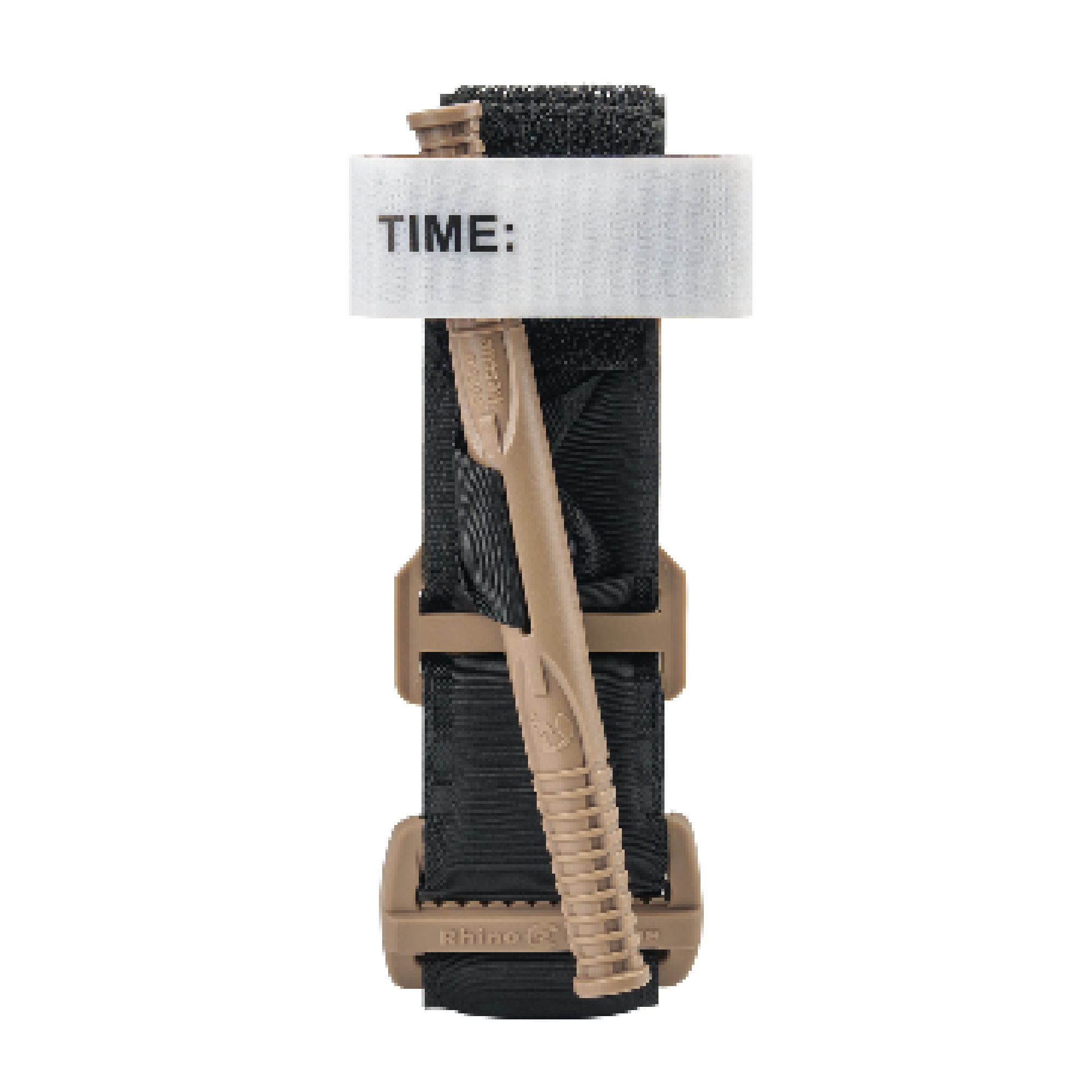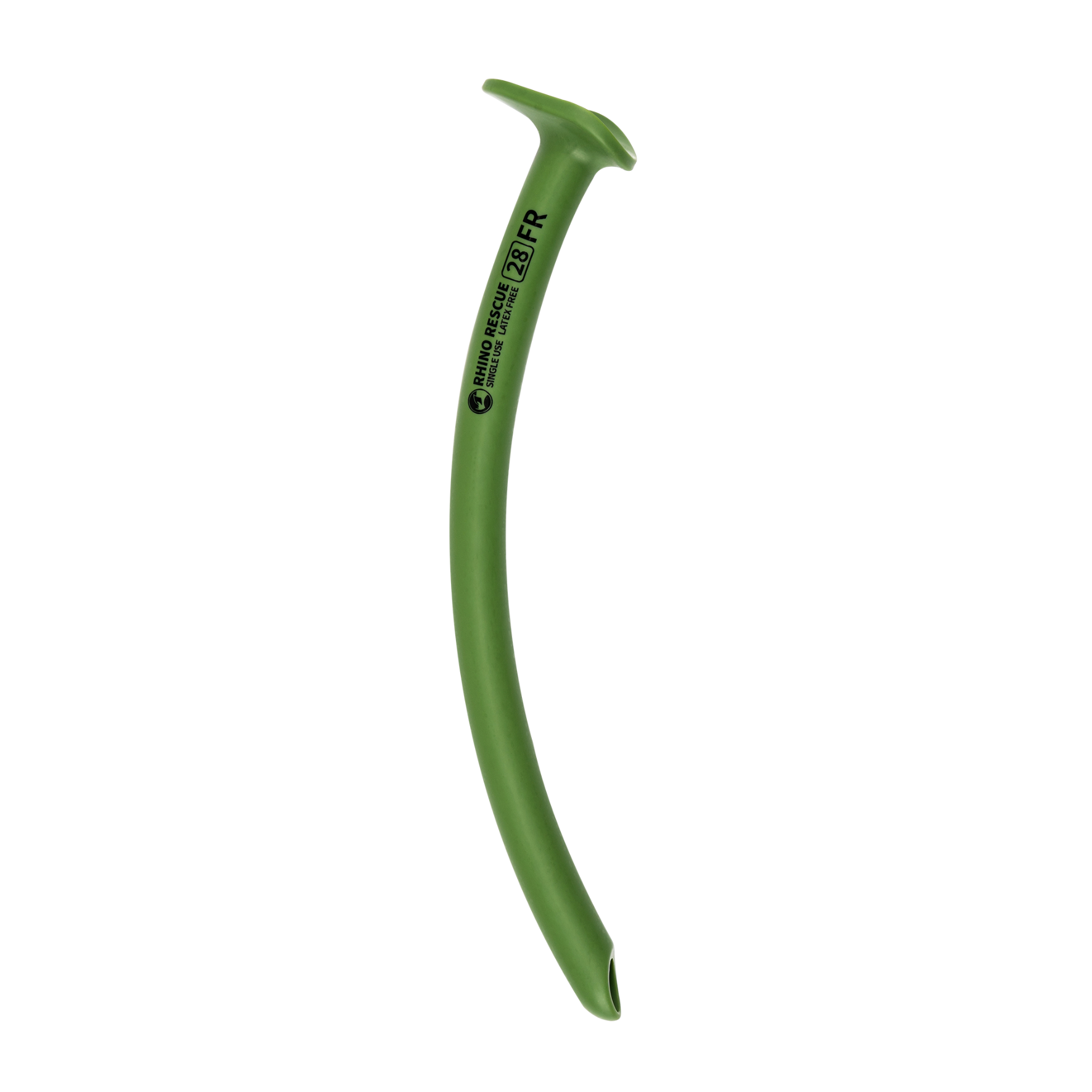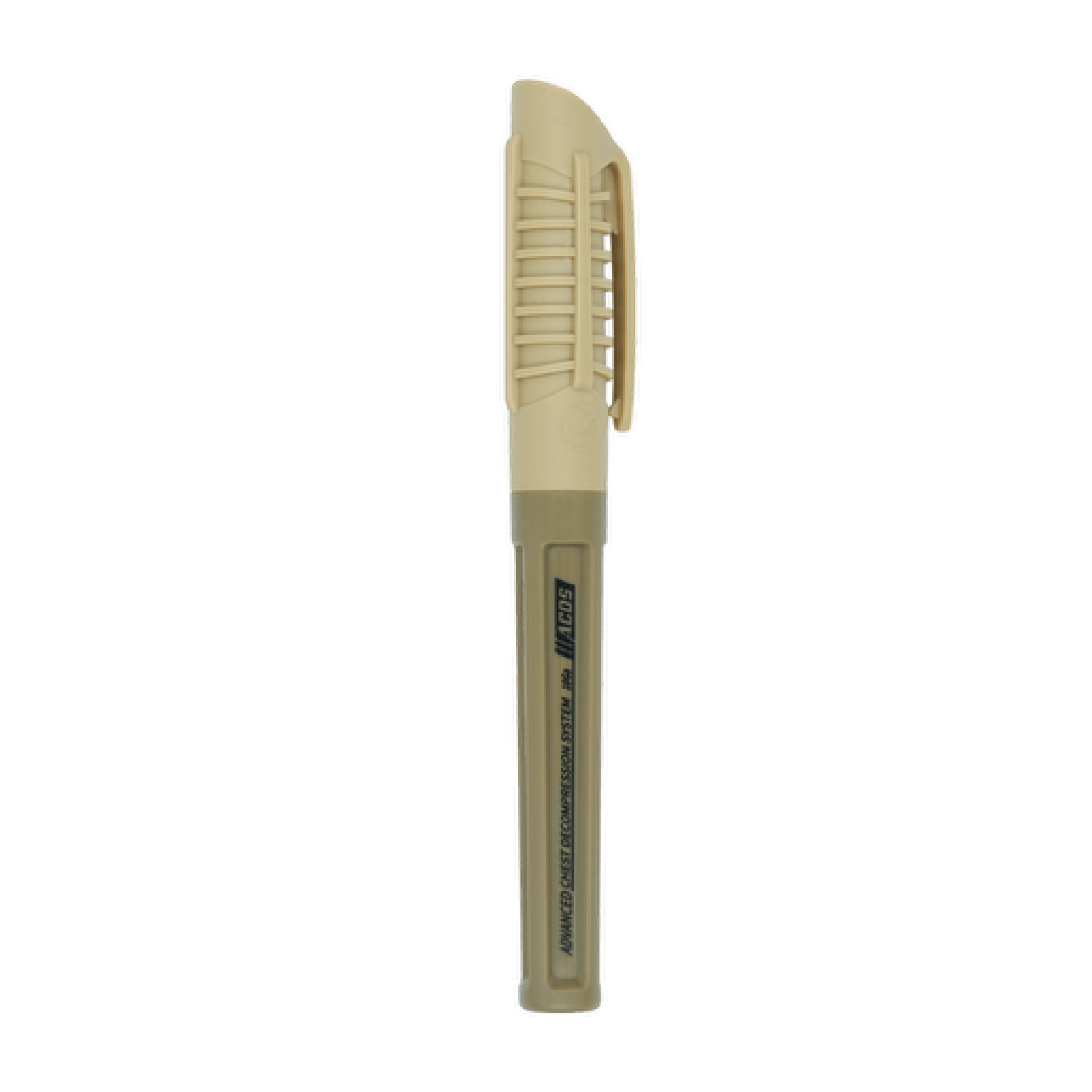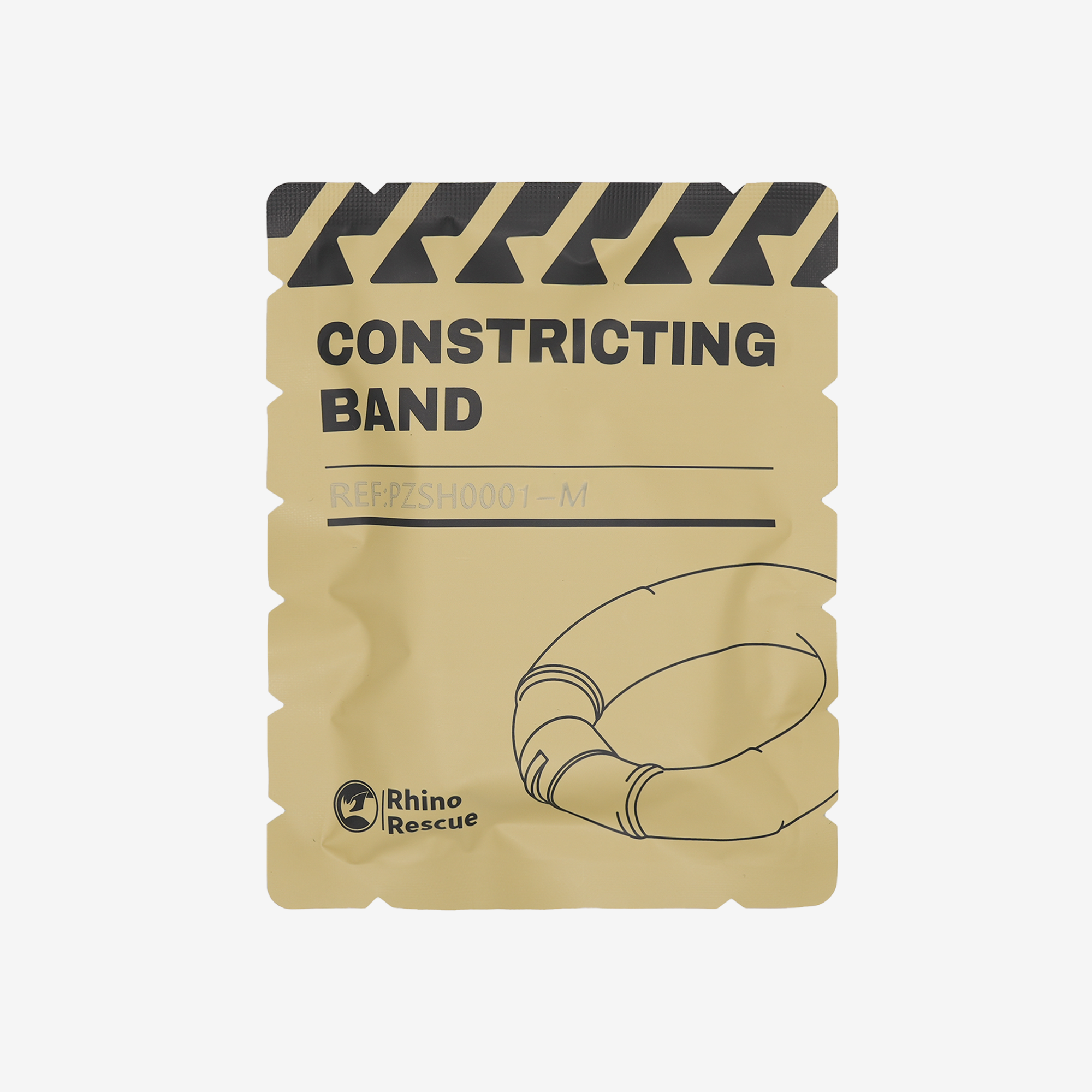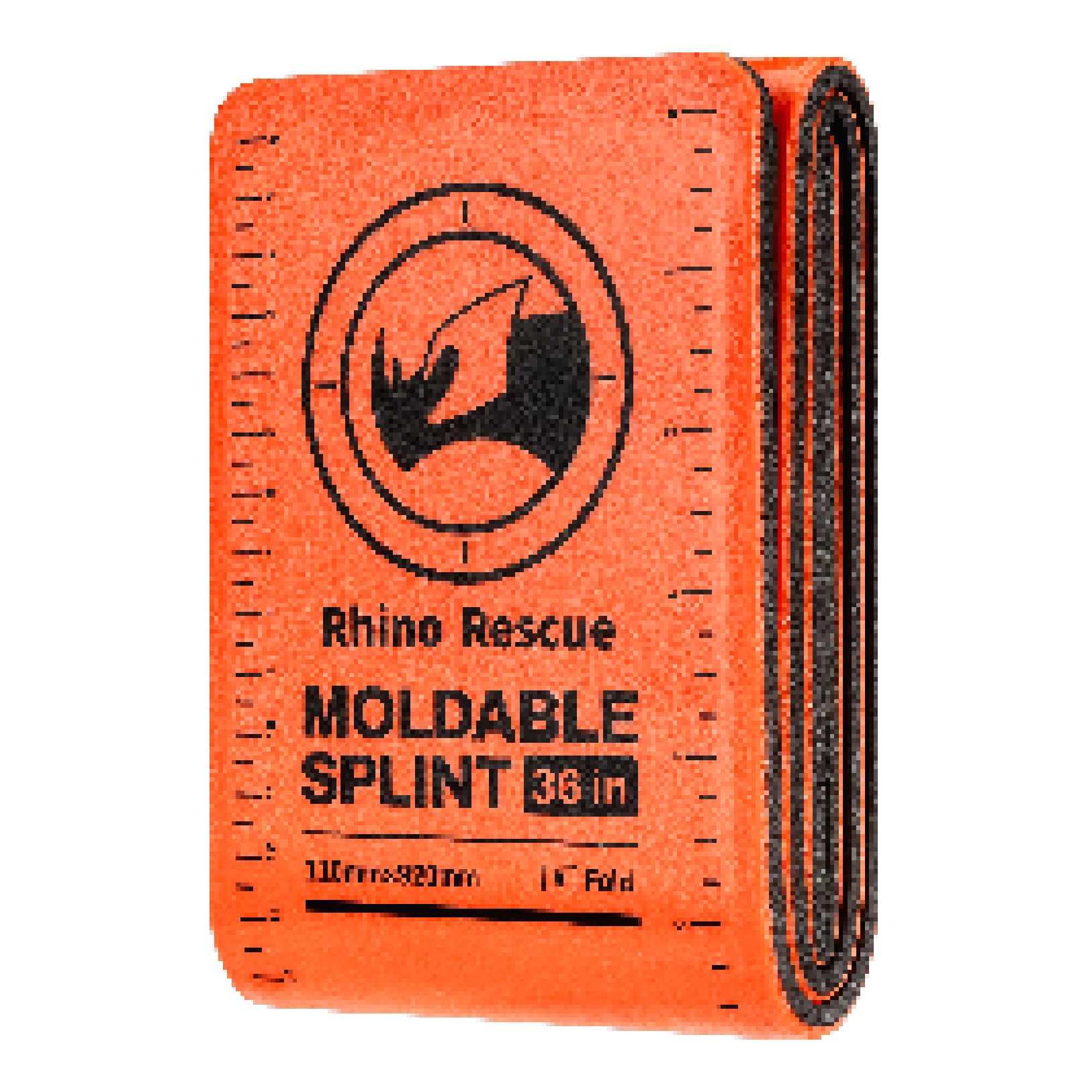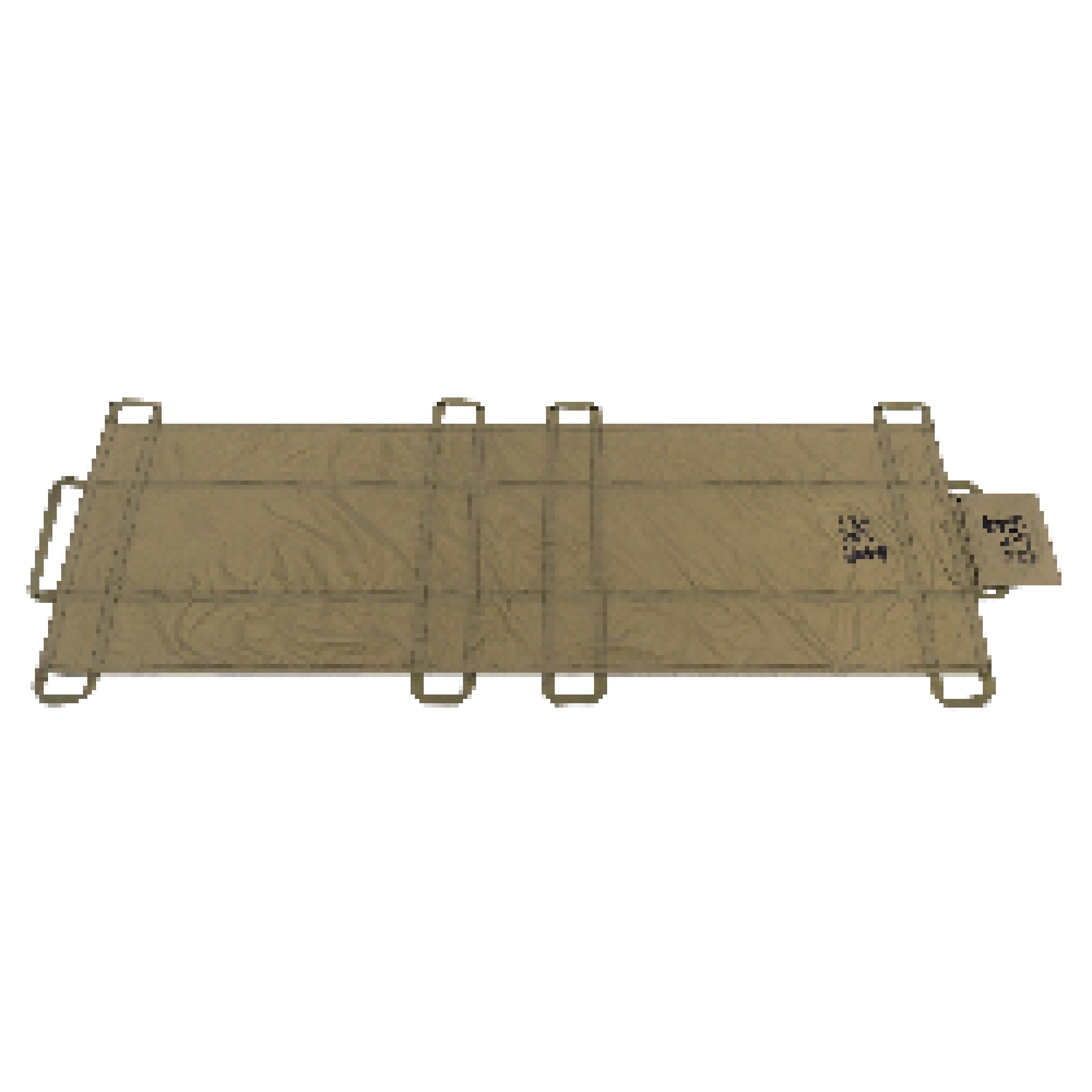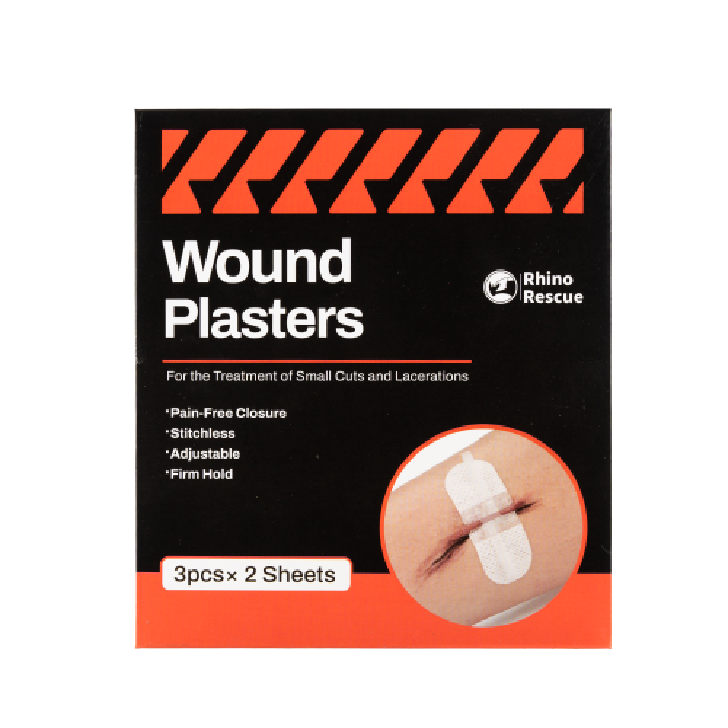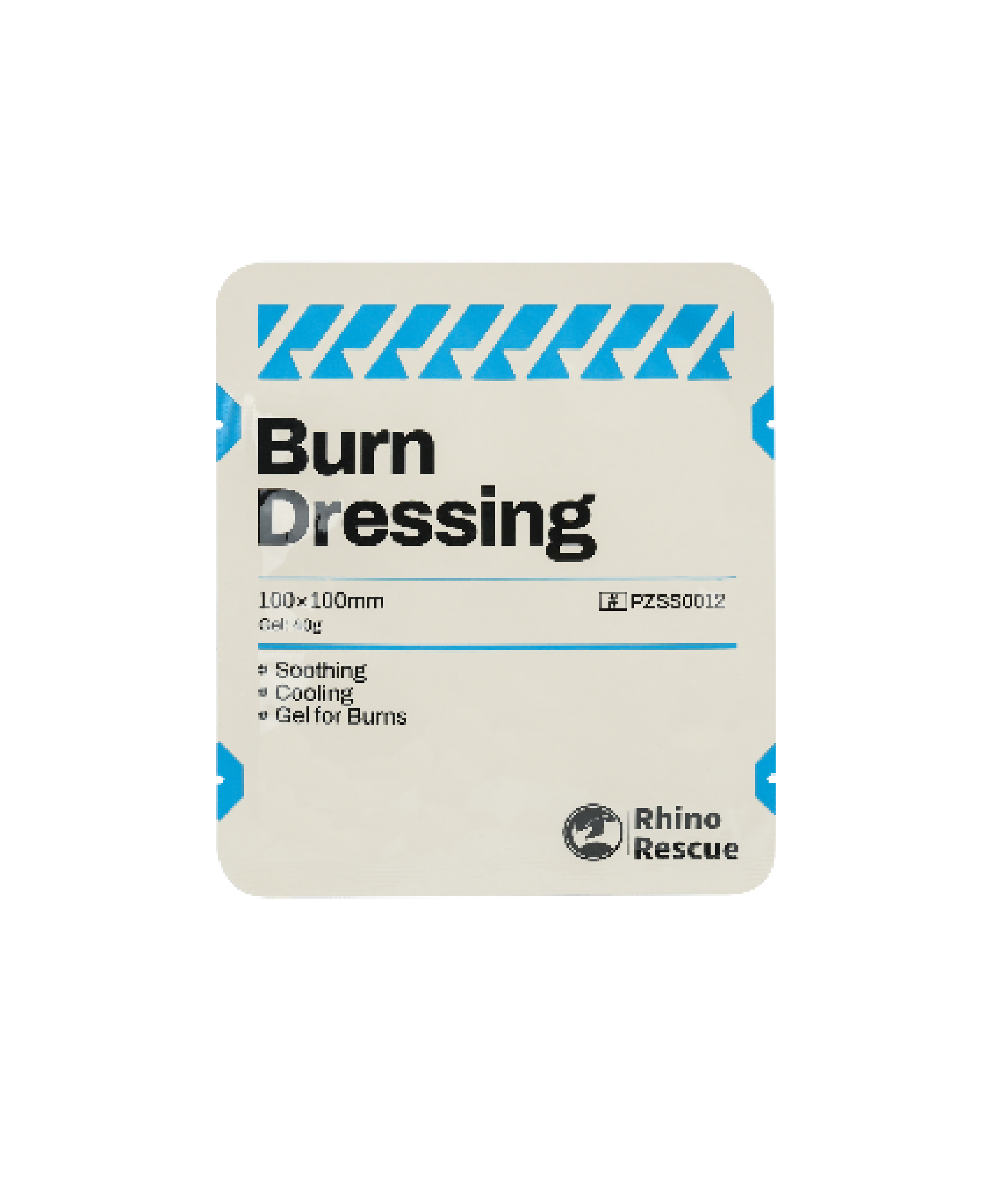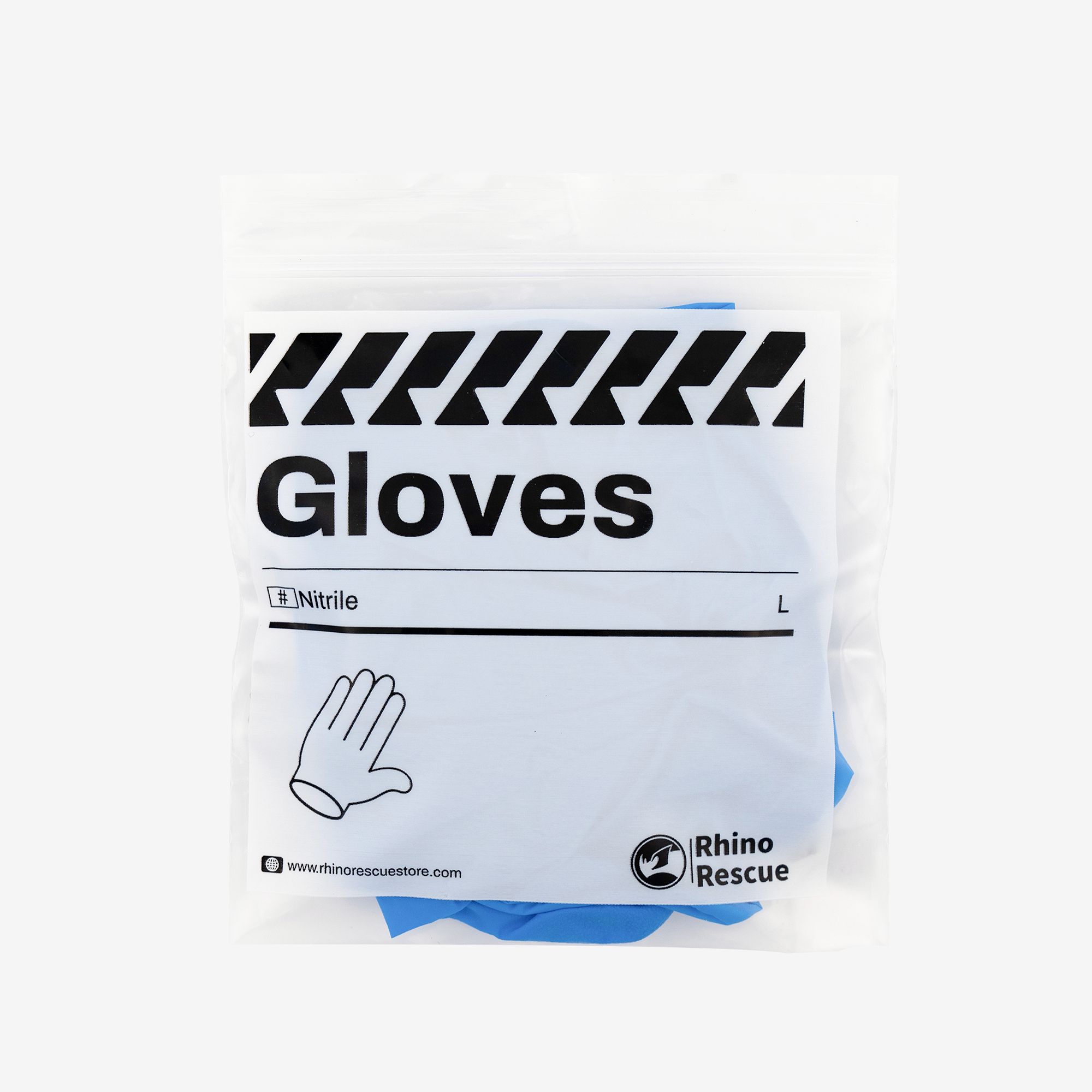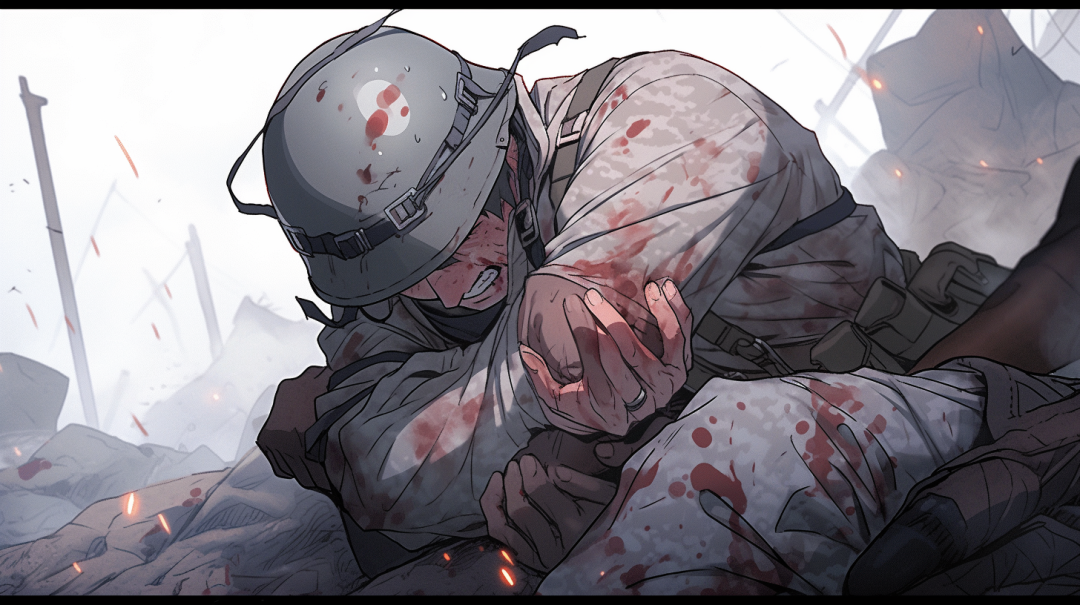Hemorrhage Control for Combat Trauma
Bleeding from open wounds in combat (referring to compressible hemorrhage in this article) is very different from accidental injuries in daily life. In daily life, severe injuries like large avulsion wounds from traffic accidents have a big wound area and lots of bleeding. Or knife wounds which are deep but the wound edge is relatively neat. Direct pressure bandaging can effectively control most visible bleeding, while extreme severe limb amputations or major bleeding from limbs can be controlled by tourniquets.

In comparison, combat trauma is more severe, and may involve injuries from explosions, gun shots, burns, amputations etc. These injuries can be life-threatening for the casualties. Treatment conditions are also very limited, medical teams need to quickly manage the trauma on the battlefield, and most of the time the first responders on scene are not medical professionals, but battle buddies nearby.

When managing combat trauma, combatants need to be highly trained and possess professional knowledge, able to rapidly assess severity of injuries and take appropriate treatment measures. This may require emergency surgery, hemorrhage control, open wound management, burn care etc. At the same time, combat trauma may also involve strong emotional factors like fear, stress and anxiety etc. These emotions can negatively impact the treatment and recovery of the casualties.

For severe bleeding wounds with a large wound area and deep penetration, directly applying pressure bandage may not effectively control bleeding due to large dead space. Therefore the tail of the combat gauze needs to be placed on the index finger of the dominant hand. Use this finger to place the combat gauze directly into the wound, on top of the pulsatile bleeding vessel. Then start packing the wound until it is filled with combat gauze. Place any excess gauze directly on top of the wound and apply direct pressure for 3 minutes. Multiple rolls of combat gauze may be required to completely pack the wound. If bleeding persists after 3 minutes of direct pressure, remove the gauze and repeat step 1.
Combat gauze



